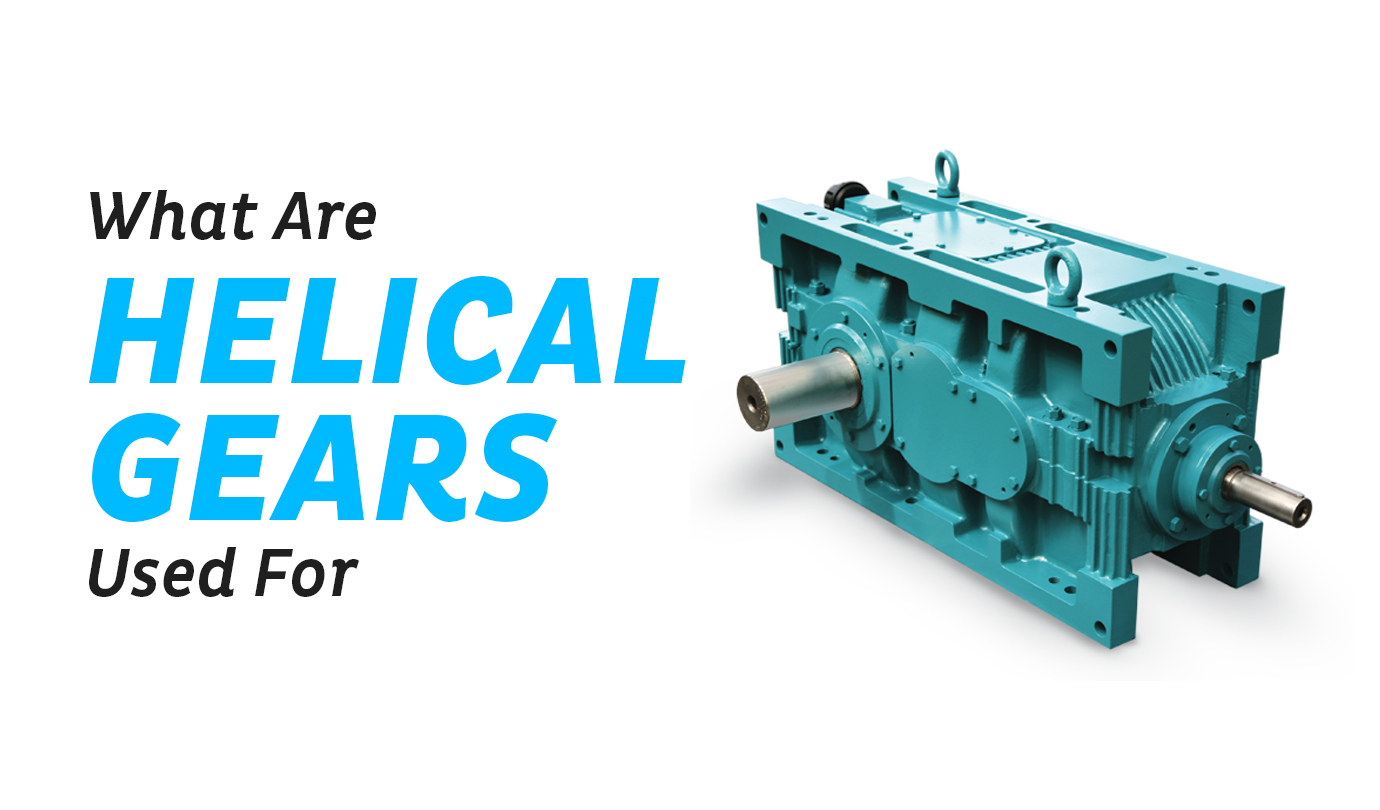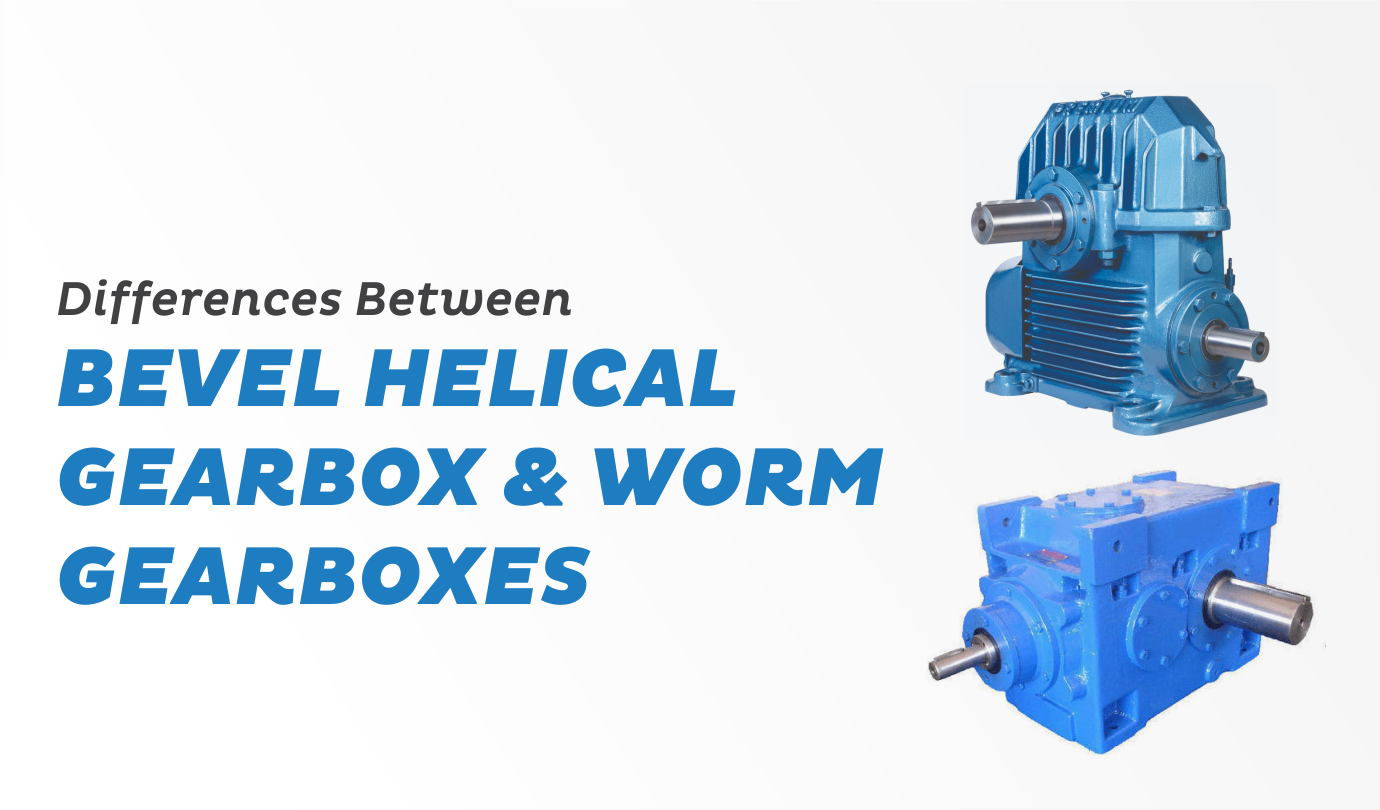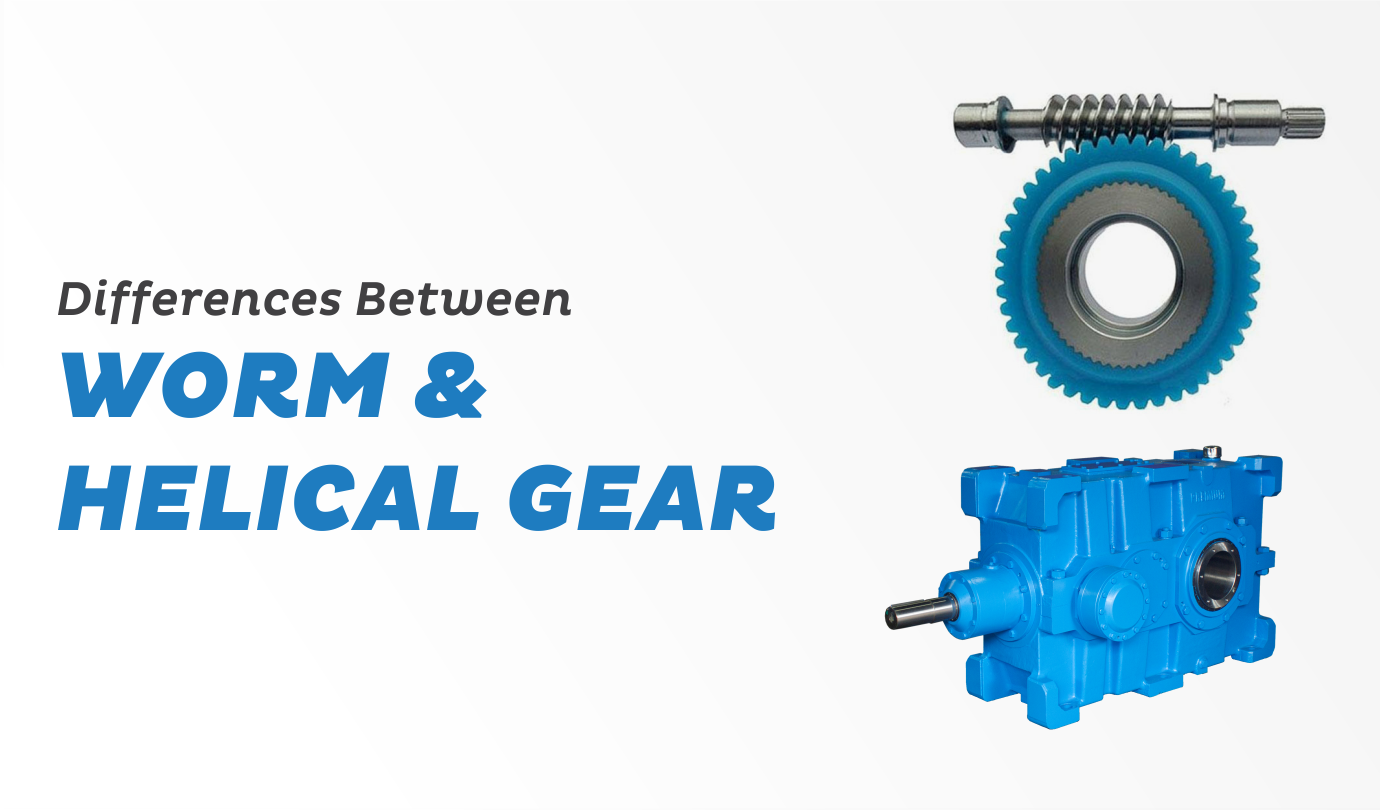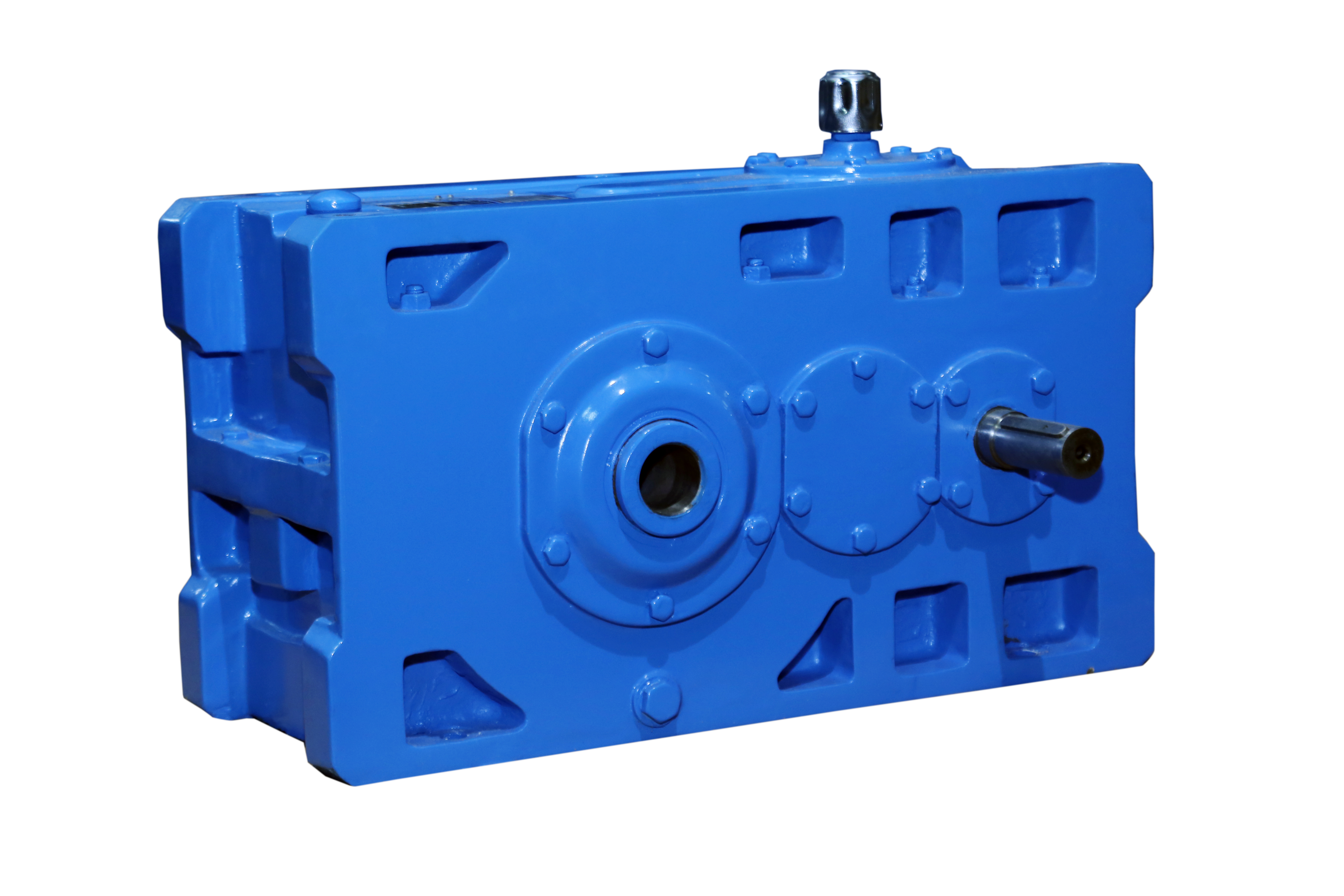Reduce the rotational speed of one shaft while increasing the torque transmitted to another using a helical gear. Simply said, there are two types: gears that transfer power between parallel shafts and cross-axis gears, which do the same thing but between shafts that are not parallel to one another. The involute tooth shape of a spur gear is preserved in a helical gear’s cross-section, but the gear is cut at an angle to the blank’s rotation. The helix angle describes this measurement. This article defines helical gears and discusses their functioning and popular uses.
An Overview of Helical Gear Theory and Practice
The spur gear is a helical gear with a zero-degree helix angle. The typical range for helix angles in helical gears is 15° to 30°. With a 20-degree angle, the involute spur tooth is the most common gear tooth shape. The use of involute spur gears with a pitch angle of 14-1/2 degrees was formerly widespread but is now uncommon. The theoretical velocity ratios provided by the involute tooth structure remain unchanged even if the center distances are not precisely determined, demonstrating the design’s brilliance. The need for a fixed ratio of velocities is sometimes referred to as “the basic rule of gearing.”
To see how a helical gear works, just think of several paper spur gears pasted together, one on top of the other, with each layer moving forward ever-so-slightly. However, the mating gear for such a system would need to stagger its layers in another way. Therefore, right-handed and left-handed helical gears are required for use with parallel shafts.
Thrust loads are created by handedness but not by meshing spur gears. Ball or roller bearings capable of handling axial loads are required in designs using helical gears to counteract the thrust loading.
There is a method to get rid of thrust using gears; herringbone gears are one example. When the gear generates a push, cutting half the face with one hand and the other hand counteracts that force. Some double-helical gears include a center gulley for tool clearance, while others have staggered teeth.
Cross-axis gears, in which the shafts are perpendicular to one another, are an exception to the handedness rule. If this is the situation, then the two gears will be identical. There is no right or wrong way for the shafts of helical gears to pass over one another.
The Advantages of Helical Gears
In contrast, in spur gears, where contact happens simultaneously throughout the whole tooth face, it is clear that in the paper model, each layer of spur gear mating with its match occurs just before the next layer makes contact. In addition to an upsurge in the number of teeth that make contact at once, the wider tooth sizes also mean that each one has a larger surface area to chew on. Therefore, helical gears are preferable to spur gears for load transmission because of their smoother operation. This results in better load bearing, less noise, and increased top speed.
Helical gears are less efficient than spur gears because of the thrust stresses they experience and the greater sliding friction between the teeth.
Some benefits are as follows.
- The angled teeth of helical gears engage gradually, ensuring quiet operation compared to spur gears.
- Generally speaking, helical gearboxes and helical gears are best used repeatedly in situations that subject them to heavy loads.
- It may transmit force and motion between shafts at an angle or in parallel.
- Because the strain is spread over a larger number of teeth, less tooth wear is experienced.
How Helical Gears Are Used
These days, helical gears are most often used in Industrial gearboxes. The reduced friction and wear of helical gears make them well-suited for high-velocity applications, and this is true despite their ability to transmit substantial forces. In addition to lowering the amount of noise and vibrations.
Most reputable Gearbox suppliers recommend helical gears for automotive applications that need high efficiency under large loads with little noise.
Transmissions often include the gears. Helical gears are widely utilized in a variety of fields, including but not limited to:
- Publish, digging, and fertilizing are all sectors that benefit from printing.
- Ports, power plants, steel mills, and rolling mills.
- Elevators, conveyors, compressors, blowers, cutters, the food and oil industries, the textile industry, and the plastics industry.
There are many more uses for gears than the ones listed above. Different gears are better suited to specific equipment and environments due to their unique properties and characteristics.
Conclusion
In cases when spur gears are normally used, but the shafts are not perpendicular, helical gears are often used instead. They’re also used when fast speeds or heavy loads are essential. Because of their design, the operation is quieter and smoother than spur gears, regardless of load. Whether you’re trying to slow down your machine, lower the noise it makes, or lessen the vibration it causes, helical gears are a fantastic option. Contact Premium Transmission to get high-quality machinery and equipment for various uses and applications.













